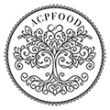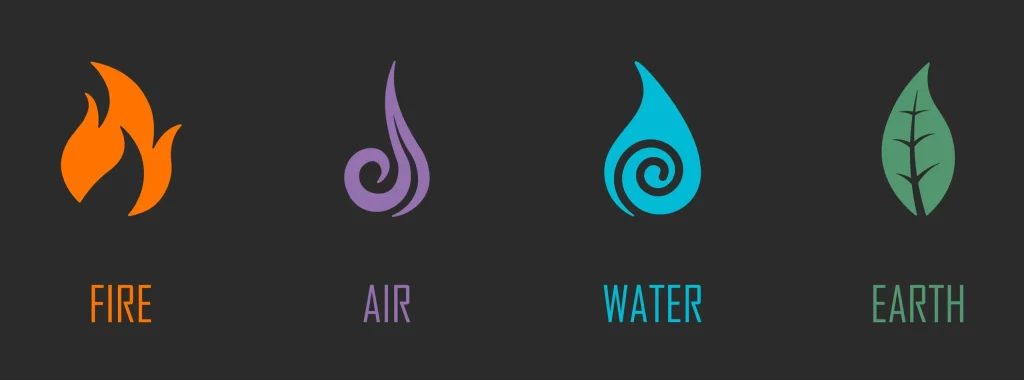Find Out Your Temperament Importance In Traditional Medicine
The basis of disease prevention and treatment in traditional medicine is based on recognizing the four temperament types, and in fact, each person to maintain their health and also to treat themselves must know their congenital temperament and prevailed temperaments to be able to adjust their nutrition and lifestyle accordingly.
Unfortunately, most people today consume food and beverages on a daily basis that are not compatible with their temperaments, since they do not know their temperament, and this has caused this group of people to be exposed to all kinds of diseases or suffer from various diseases.
The Concept Of Temperament
Temperament literally means to mix. Each body is composed of all four elements (water-fire-soil-air) and the difference in the amount of these elements in the objects distinguishes them from each other.
Temperament in traditional medicine means the same and new quality that results from the combination of elements with each other and their interaction in a compound body.
The amount and ratio of each of these elements will determine the temperament of the compound body.
Prevention, control, and treatment of diseases in traditional medicine is based on the cognition of temperament.
Relationship Between Temperament And The Four Elements (Water-Fire-Soil-Air)
In traditional sciences, the basis of creation and the constituent substance of the universe are considered to be the four elements of fire, air, water and soil. Each element has its own quality, which are humidity, heat, coldness and dryness, which the type, amount and quality of the temperaments and the combination of these four elements and four qualities, create nine (9) temperaments.
Warmth is always on top, so the two elements air and fire which are on top are warm, and the two elements water and soil are at the bottom of the atmosphere; Because they are cold and heavy.
| Element | Temperament |
| Fire | Hot and Dry |
| Air | Hot and Moist |
| Water | Cold and Moist |
| Soil | Cold and Dry |
General Category Of Human Temperament
- Intrinsic temperament (congenital): It is the temperament with which a person is born.
- Adventitious (prevailed) temperament: It is a temperament that is caused by a change in intrinsic temperament by factors such as season, age, sex, place of residence, mental and psychological states, and so on.
4 Types Of Body Temperaments
As mentioned above, the type, quantity, quality, and composition of the four elements (fire, air, soil, and water) create 9 temperaments. The four singular temperaments include warm, cold, dry, and moist, and the four compound temperaments, including warm and dry, warm and moist, cold and moist, and cold and dry, and the ninth temperament is temperate:
- Hot and Dry (Choleric)
- Hot and Moist (Sanguine)
- Cold and Moist (Phlegmatic)
- Cold and Dry (Melancholic)
Some people who are in balance with the four elements are said to have a temperate temperament, which is divided into 4 types:
- Warm and Temperate
- Cold and Temperate
- Moist and Temperate
- Dry and Temperate
- Temperate
Seasons Temperaments
| Season |
Temperament |
|
Spring |
Warm and Moist |
|
Summer |
Warm and Dry |
|
Autumn |
Cold and Dry |
|
Winter |
Cold and Moist |
Different Temperaments Of Places And Regions In Terms Of Geographical Location
The temperament of the geographical areas is different from each other and affects the temperament of the people living in those areas. The temperament of the regions is shown in the table below:
|
Region |
Temperament |
|
Seaside with mountains on the north |
Hot and Moist |
|
Seaside with mountains on the south |
Cold and Moist |
|
Desert |
Hot and Dry |
|
Mountainous |
Cold and Dry |
If you’d like to have information about our products and their benefits in Persian Traditional Medicine, please CLICK HERE.


